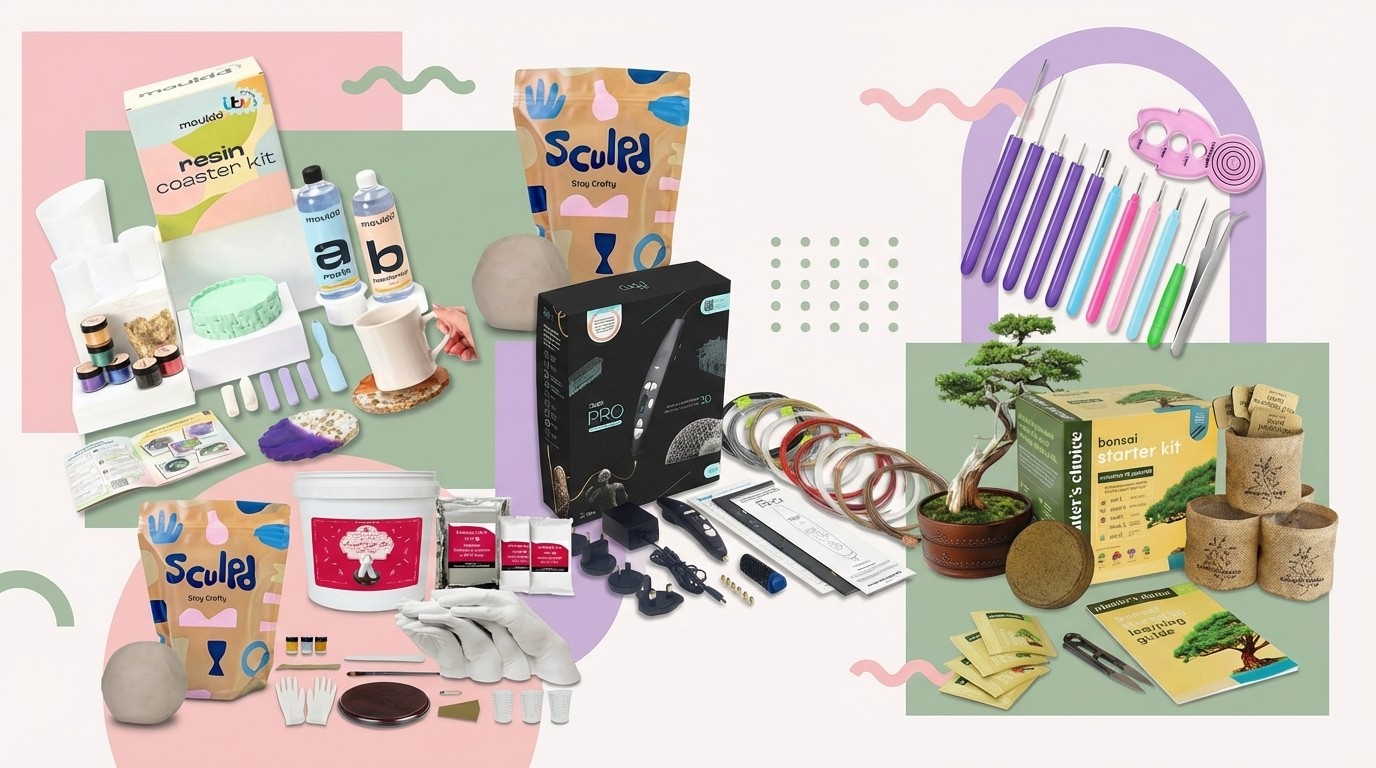How to fix your finished pastel artwork
Preserve your pastel artwork for posterity with these three fixing options.
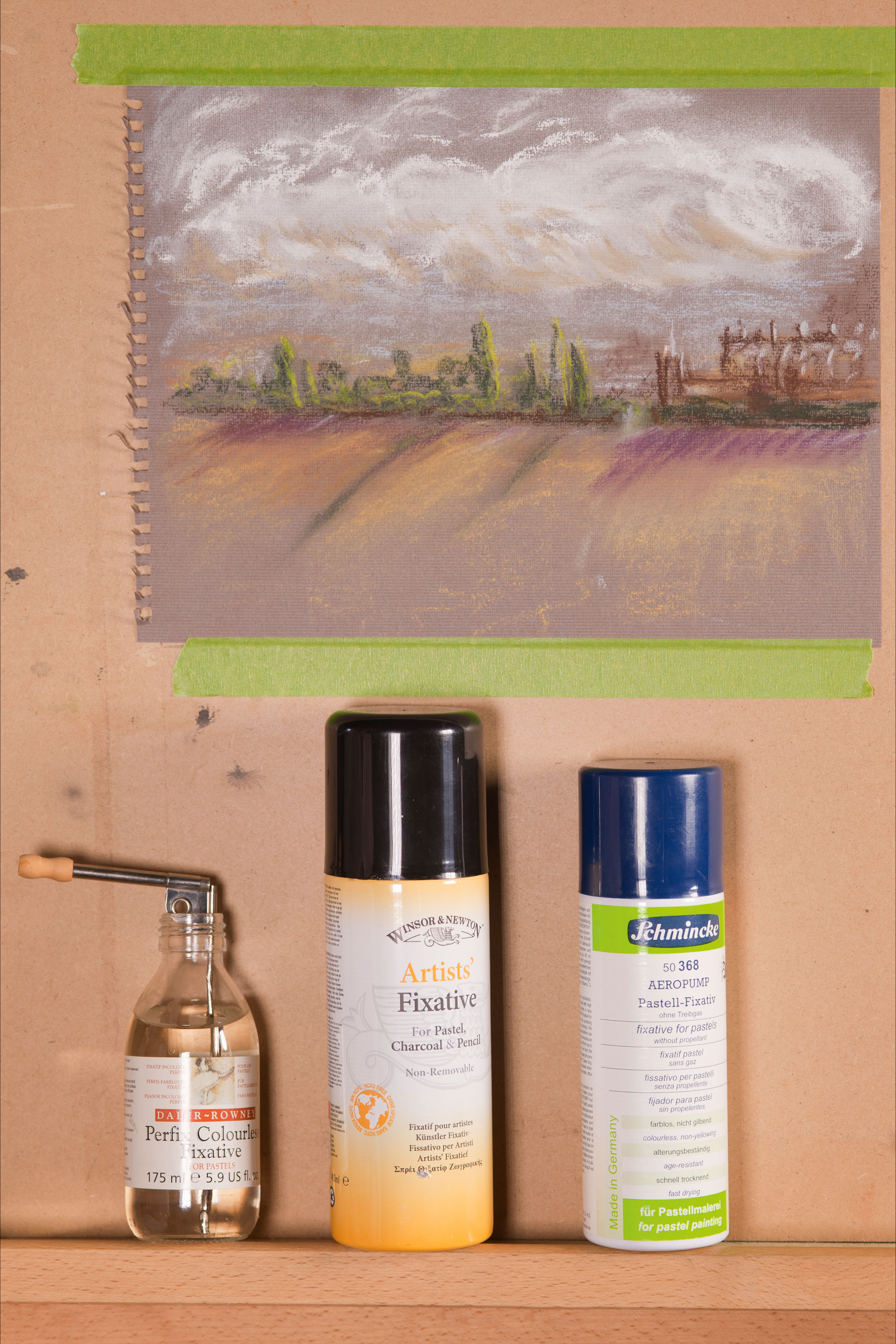
Did you know that when you fix and frame pastels under glass, it’s the most permanent of all the mediums, as it never cracks, fades or dulls?
It goes without saying that before using any fixative, ensure you’re in a well-ventilated space. It’s also sensible to check on a test piece how your brand of fixative performs with the pastels you use.
Pastels have a very small binder to pigment ratio, so when applying fixative for the first time, it can be a shock to see the piece darken. The brand you choose will determine how much darker the colour will go, but as the fixative dries, the colours will lighten.
Sometimes artists use a light coat of fixative as they work to help stabilise and ‘bind’ the pastel to the surface. This method tends to combat the colour change because the colour is adjusted as you go. However, be careful not to overdo it if you fix while you work.
Here, I’ll walk through the three main types of fixative: diffuser-sprayed fixative, aerosol and pump spray.
01. Diffuser-sprayed fixatives
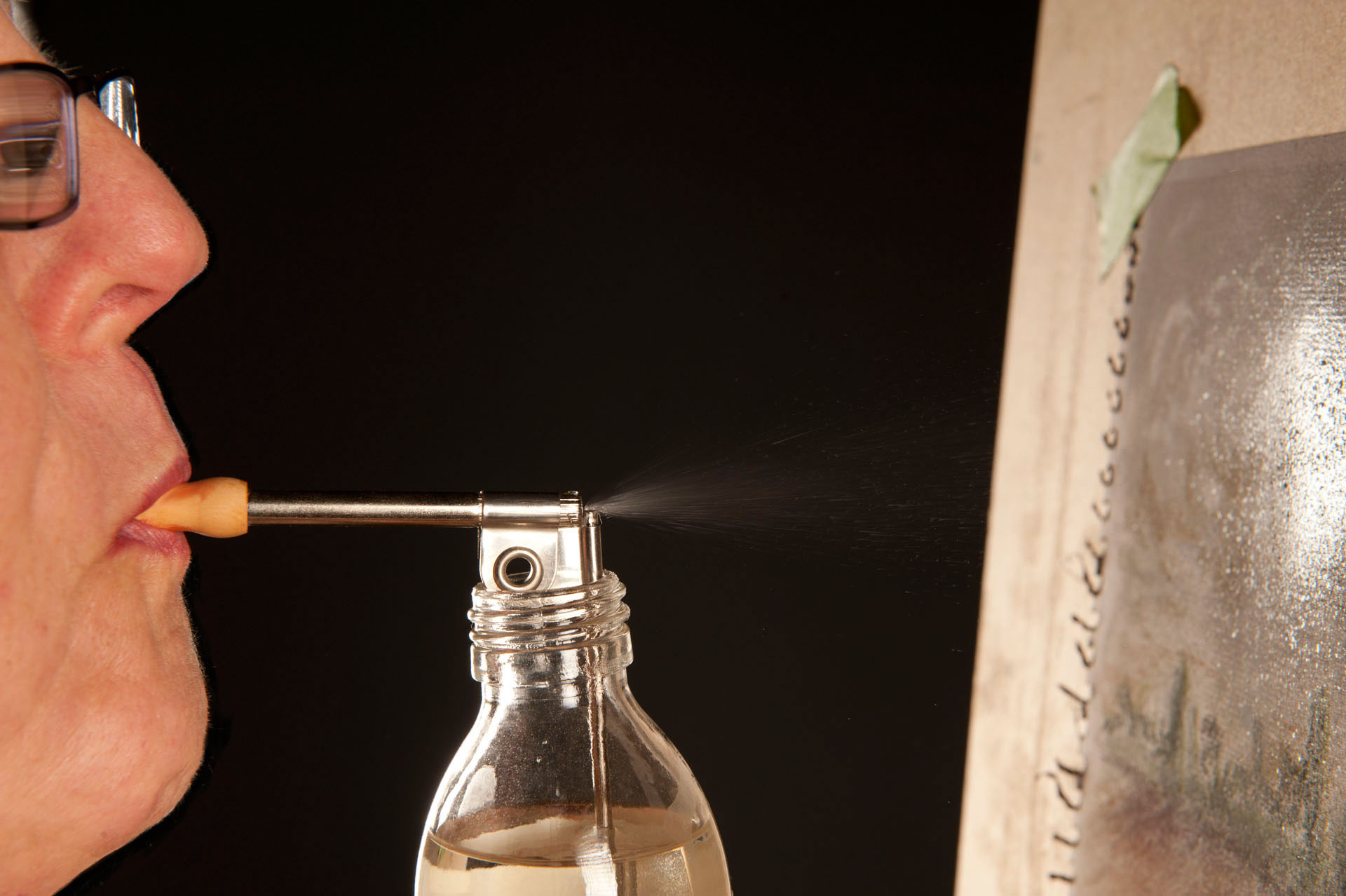
Diffuser-sprayed fixative takes me right back to school because that’s where I first encountered it. Blowing through a diffuser – a hinged metal tube with a mouthpiece – sprays a very fine fixative mist. Unfolded, the diffuser forms a right-angle. Place one end in the bottle and blow through the mouthpiece end to create the spray. Move evenly over the work as you blow.
02. Aerosol fixatives
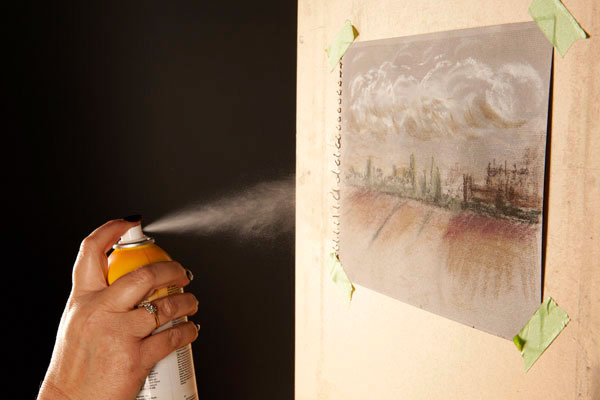
Aerosol fixatives produce a constant fine spray, so it makes fixing a fairly quick and easy process. Make sure you hold the can 10-12 inches away from the work, and move the spray smoothly and evenly over your work. Fixing your work to a board means you can begin and finish the spray off the edge of the piece to create even coverage.
Daily design news, reviews, how-tos and more, as picked by the editors.
03. Pump sprays
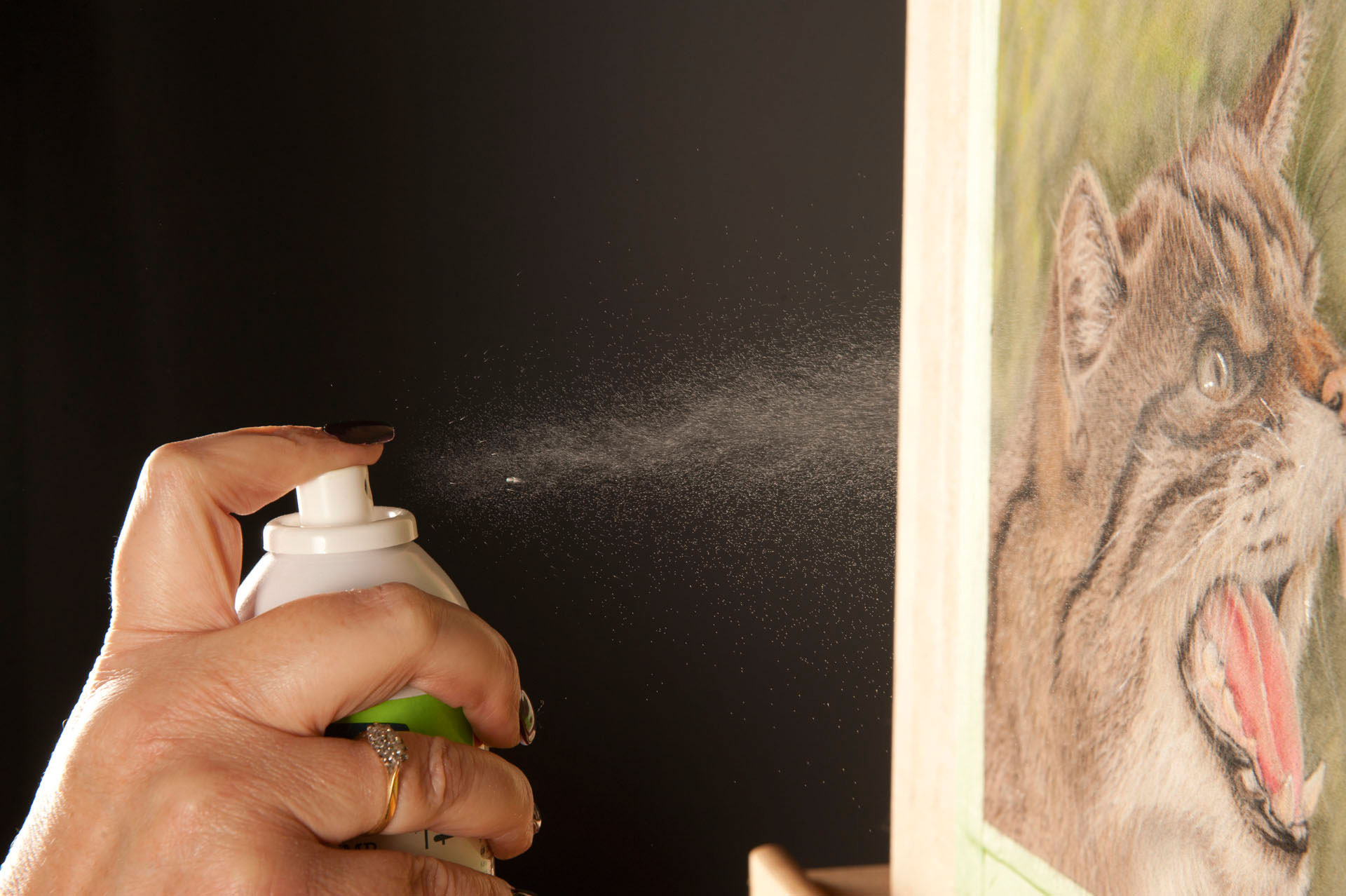
If you’d rather not use an aerosol, pump sprays are a great alternative. Each nozzle-press gives a fine mist of fixative. Work on velour doesn't necessarily need fixing as pastels adhere really well – however, my framer prefers it fixed, so we compromise. I fix it, then add back the light areas that I think have darkened too much.
This article was originally published in Paint & Draw magazine issue 5. Buy it here.
Related articles:

Jill Tisbury has been drawing and painting since she could hold a pencil. She loves to experiment but her two main passions are pastel on velour and airbrushing (acrylics).
